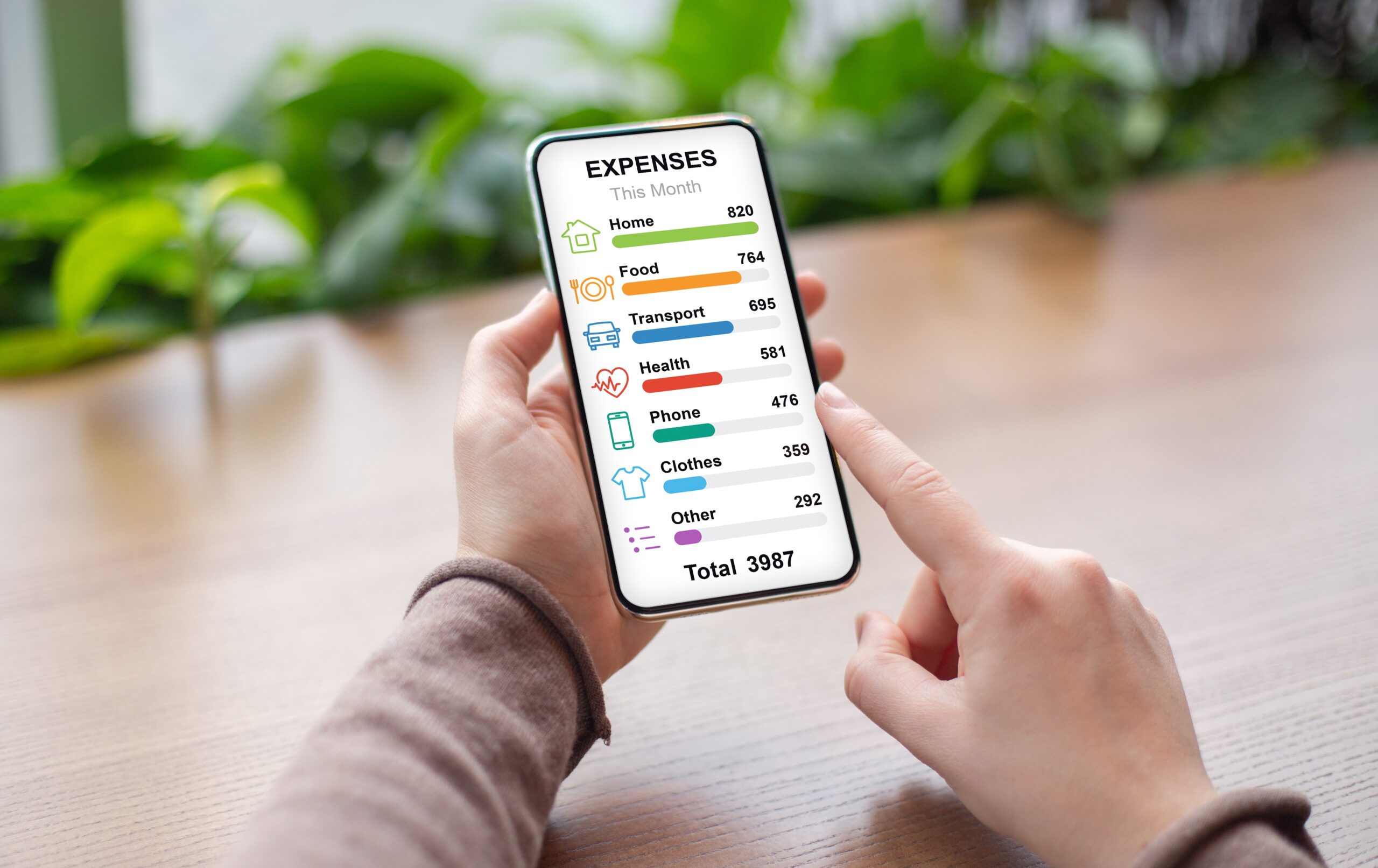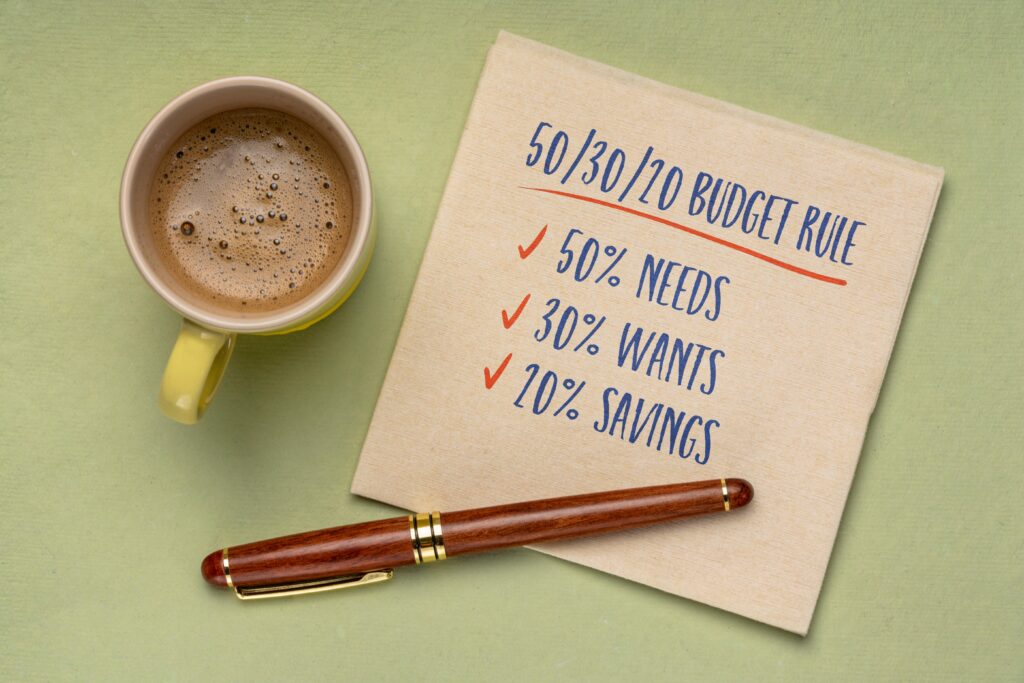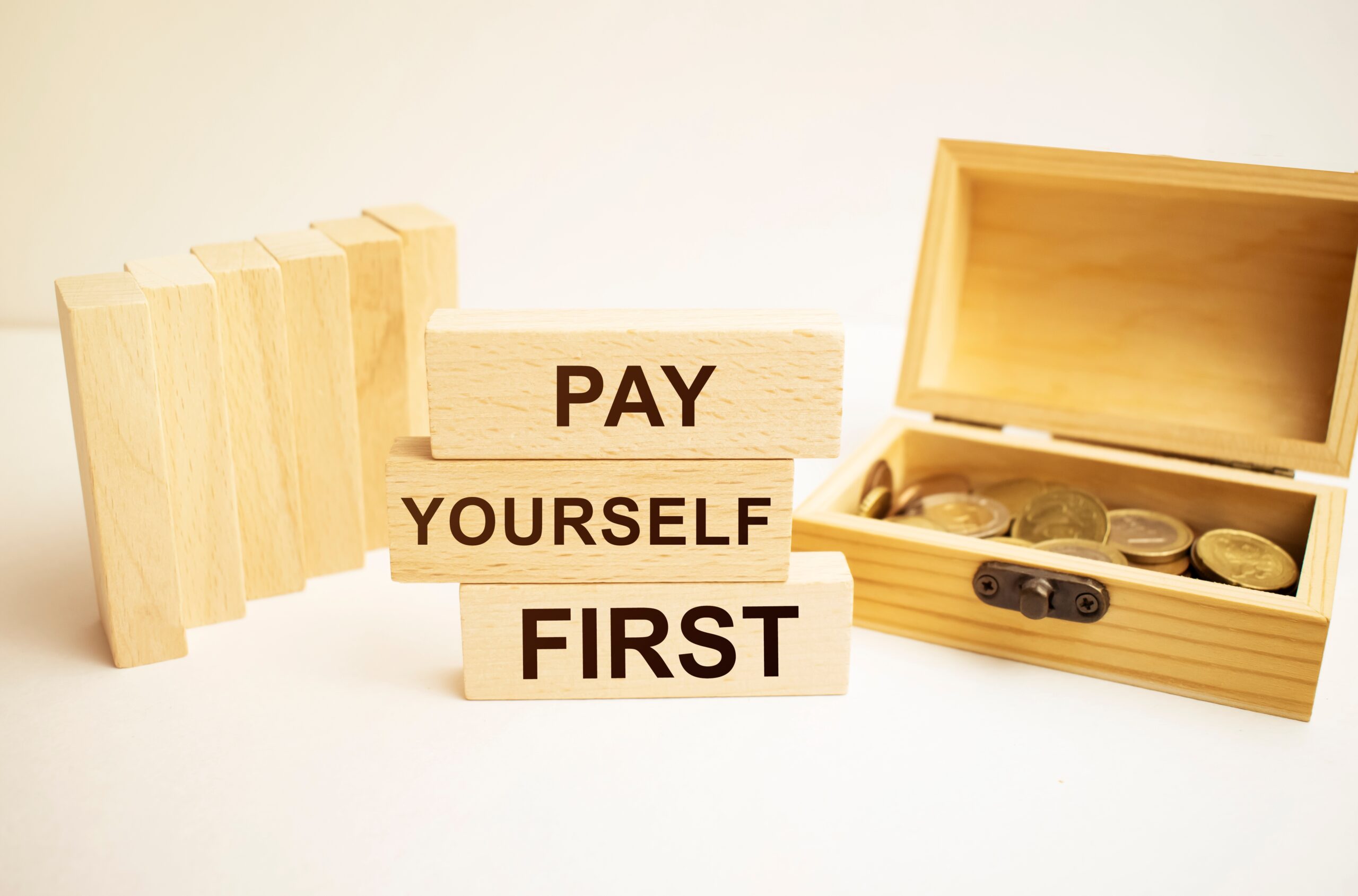Budgeting often gets a bad rap. For many, the mere mention of the word conjures up images of spreadsheets, sacrifices, and a general sense of restriction. However, budgeting doesn’t have to be dull or daunting. In fact, with the right approach, it can be both effective and surprisingly enjoyable.
In this article, we’ll explore four methods to make budgeting not only more manageable, but something you might even look forward to.
For some people, it’s important to keep the management of money simple and low-maintenance. Others might prefer a more methodical and rigorous approach. But either way, it can help to think of ways to gamify your finances. Technology is making that easier than ever before.
There’s no ‘right’ or wrong’ way to do this, but the following strategies should give you some ideas, without feeling like you’re missing out on all the fun.
Budgeting is about more than tracking your spending
First of all, it’s worth recognising that budgeting is often misunderstood as simply tracking expenses and trying to limit spending. While these are crucial components, effective budgeting goes beyond mere accounting. It’s about setting clear goals, making intentional decisions, and regularly adjusting your financial plan.
It involves prioritising what matters most to you, whether it’s saving for a holiday, buying a home, changing career or building an emergency fund. Without goals, it’s easy to lose sight of why you’re budgeting in the first place. And that can make it harder to stay motivated.
By aligning your spending with your values and goals, budgeting becomes a habitual process. It empowers you to take control of your financial future. Regular monitoring and adjustment ensures that your budget remains relevant and effective over time, allowing you to achieve lasting financial success.
A big challenge with all of this is finding the right amount of effort that you, personally, want to put in. Don’t let anyone tell you there’s a ‘best way’ to budget. What works for someone else might not work for you.
It’s worth taking time to create a system that feels right for you and the following four techniques might offer some inspiration. Here we go, in descending order of effort required:
Zero-based budgeting
Let’s begin with the most robust method (which also means the one that requires most time and effort). Zero-based budgeting (ZBB) is a strategic financial planning method where every pound, dollar or other unit of currency is allocated to specific expenses or savings goal. This results in a balance of zero at the end of the month.

The process begins by identifying all possible expenses and income sources. Then, each expense is evaluated based on its priority – and that includes fun categories too. Every pound or dollar is assigned a purpose, whether it’s for bills, groceries, savings, investments, or discretionary spending like holidays, concerts and nights out.
ZBB encourages a thorough review of spending habits and promotes having an efficient spending plan. It forces you to re-evaluate priorities and eliminate unnecessary expenses. By starting from scratch each month (or week), ZBB encourages a forward-looking approach where resources are allocated based on current needs and goals rather than historical patterns.
Overall, this approach empowers individuals and couples to make informed decisions about how to allocate their financial resources to achieve their goals effectively.
If you’d like to know more about this and perhaps give it a try, a very popular app which can be used across the globe is YouNeedABudget.
Spending limits by category
Sometimes referred to as the “envelope system” or “jam-jar method”, spending by category is a technique that involves allocating a specific amount of money to different spending categories. Crucially, this is not as rigorous as the previous method and is easier to set up.

You can physically separate your spending money into envelopes or pots using hard cash, or more likely these days, using digital equivalents. This method helps you manage your finances by providing a clear visual representation of how much money is available for different expenses.
Here’s how it works, step-by-step:
1. Identify categories: Begin by categorising the expenses you want to track, such as groceries, dining out, entertainment, transport, utilities, and savings.
2. Allocate funds: Determine how much money you can afford to spend in each category based on your overall budget. This involves setting realistic limits that align with your financial goals and priorities.
3. Create ‘Pots’ or ‘Spaces’: Assign each spending category to a separate envelope, or use digital tools like budgeting apps that allow you to allocate funds virtually. Label each envelope with the corresponding category.
4. Fund the categories: Place the allocated amount of cash into each physical envelope or allocate the funds digitally using your chosen budgeting software. You would repeat this step each pay day.
5. Track spending: As you make purchases throughout the month, deduct the amount spent from the appropriate category. This helps you stay aware of your remaining balance and can easily be automated when using modern banking apps.
6. Adjust as needed: Periodically review your spending and adjust your allocations if necessary. If you consistently overspend in one category, you may need to reallocate funds from another category or re-evaluate your budgeting priorities.
This system is not quite as ‘full-on’ as Zero-based budgeting, but it does need to you to think quite carefully about how you want to spend your money each month.
More and more banking apps are introducing technology to make this easy and fun. The “challenger banks” like Monzo and Starling pioneered this with their “Pots” and “Spaces” functions.
The 50/30/20 Rule
The 50/30/20 rule is a popular guideline for budgeting that helps you allocate your income across three main categories: needs, wants, and savings.

Here’s how it breaks down:
50% for Needs: Allocate 50% of your after-tax income toward essential expenses, often referred to as “needs”. These are necessities you cannot reasonably live without, such as housing, utilities, groceries, transport, insurance premiums, and minimum debt payments. This category covers essential items that ensure your basic living standards are met.
30% for Wants: Reserve 30% of your income for discretionary spending, also known as “wants”. These are fun expenses that enhance your lifestyle and provide enjoyment, but are not strictly necessary for survival. This category includes dining out, entertainment, holidays, hobbies and other shopping for non-essential items.
20% for Savings and Debt Repayment: Dedicate 20% of your income to savings and debt repayment. This category focuses on building financial security and stability for the future. It includes contributions to savings accounts, retirement funds, emergency funds, investments, and accelerated debt repayment (paying more than the minimum on loans or credit card balances).
The 50/30/20 rule offers a straightforward framework that promotes financial balance, but with less detail and ongoing management compared to the previous two methods.
Consider this method as a flexible guideline rather than a strict rule. To begin with, 50% might not be enough to cover your “Needs”, so just adapt the ‘rule’ to suit your own circumstances. But adhering to your agreed allocation can help establish healthy spending and saving habits.
Pay Yourself First
This is probably the simplest way of making an intentional step in the right direction, but with minimal effort. In fact, you could argue it’s not really “budgeting” at all.

It’s an easy, but effective strategy that prioritises savings, investments or debt repayment before allocating funds to anything else. It emphasises your chosen payments as a non-negotiable expense, ensuring that you consistently set aside money for your financial goals.
In short, you set up an automated payment that leaves your bank account as soon as your get paid. This could be towards savings, investments or debt repayment, but certainly, something for the benefit of your future self.
This could be a first step towards helping you take control of your finances, reduce the temptation to overspend, and prioritise your future financial wellbeing.
To read more about this method, read my earlier blog here.
Summary
In conclusion, these four methods offer a range of ways to manage your money. It might be that what works best for you, is a combination of one or more of the techniques.
Zero-based budgeting promotes a proactive and meticulous approach to financial planning by requiring all expenses to be justified. This fosters efficiency, accountability, and strategic resource allocation.
Spending limits by category, or the envelope system, offers a tangible and visual way to manage finances by allocating specific amounts to different spending categories, encouraging mindful spending and preventing overspending.
The 50/30/20 rule provides a simple yet flexible guideline, promoting balance between essential expenses, discretionary spending, and savings or debt repayment.
And if all of that feels too much like hard work, the Pay Yourself First concept is a way to start with something simple, which is better than not starting at all!
The most effective budgeting style will depend on individual preferences, financial goals, and lifestyle. Experimenting with different approaches can help you develop healthy financial habits, achieve your goals and importantly, allow you to have fun along the way.




 Production
Production